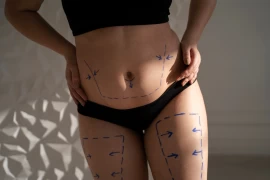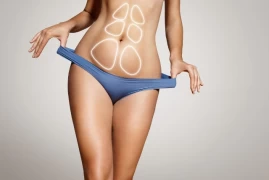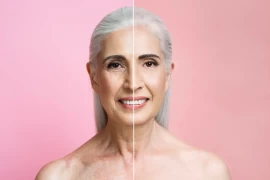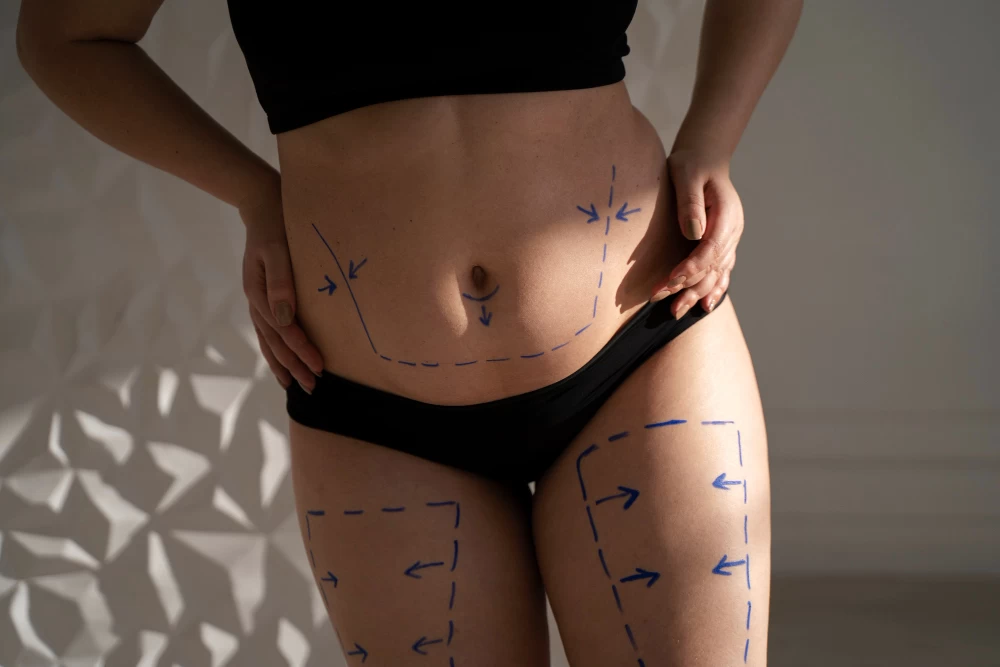
Body Contouring with Liposuction
- Body Contouring with Liposuction
- What is Liposuction?
- Liposuction Techniques
- Suitable Candidates for Liposuction
- Preoperative Evaluation and Preparation
- The Surgery Process
- Postoperative Recovery
- Potential Risks and Complications
- Conclusion
Body contouring is one of the most requested areas in aesthetic surgery. The aesthetic concerns brought by modern life and healthy living trends have increased individuals' desire to have a fitter and more attractive appearance. At this point, liposuction stands out as one of the most popular and effective methods among body contouring procedures. In this article, we will comprehensively discuss body contouring with liposuction from the perspective of a plastic, reconstructive, and aesthetic surgery specialist.
What is Liposuction?
Liposuction is the procedure of removing excess fat tissue under the skin using fine cannulas and vacuuming it out. This procedure is used to reduce fats that accumulate in specific body areas and cannot be eliminated through diet or exercise. Liposuction yields successful results in areas such as the abdomen, hips, thighs, knees, arms, and neck.
Liposuction Techniques
Liposuction techniques have diversified over the years with technological advancements. The most commonly used liposuction techniques are:
- Tumescent Liposuction: In this method, a large amount of tumescent fluid (a mixture of saline solution, lidocaine, and epinephrine) is injected into the area to be treated. This fluid swells the fat tissue and makes it easier to remove by reducing blood loss.
- Ultrasonic-Assisted Liposuction (UAL): Uses ultrasonic waves to liquefy fat cells. This method can be particularly effective in areas with dense fat tissue.
- Laser-Assisted Liposuction (LAL): Uses laser energy to melt and remove fat cells. This method is less traumatic and also offers a skin-tightening effect.
- Power-Assisted Liposuction (PAL): Automates the back-and-forth movement of the cannulas, making the surgeon’s job easier and speeding up the procedure.
Suitable Candidates for Liposuction
Liposuction is not a weight loss method but a body contouring procedure. Therefore, suitable candidates for liposuction include:
- Individuals who are close to their ideal weight and have stable weight.
- Those with stubborn fat deposits in specific areas despite diet and exercise.
- Individuals with good skin elasticity and overall good health.
- People with realistic expectations.
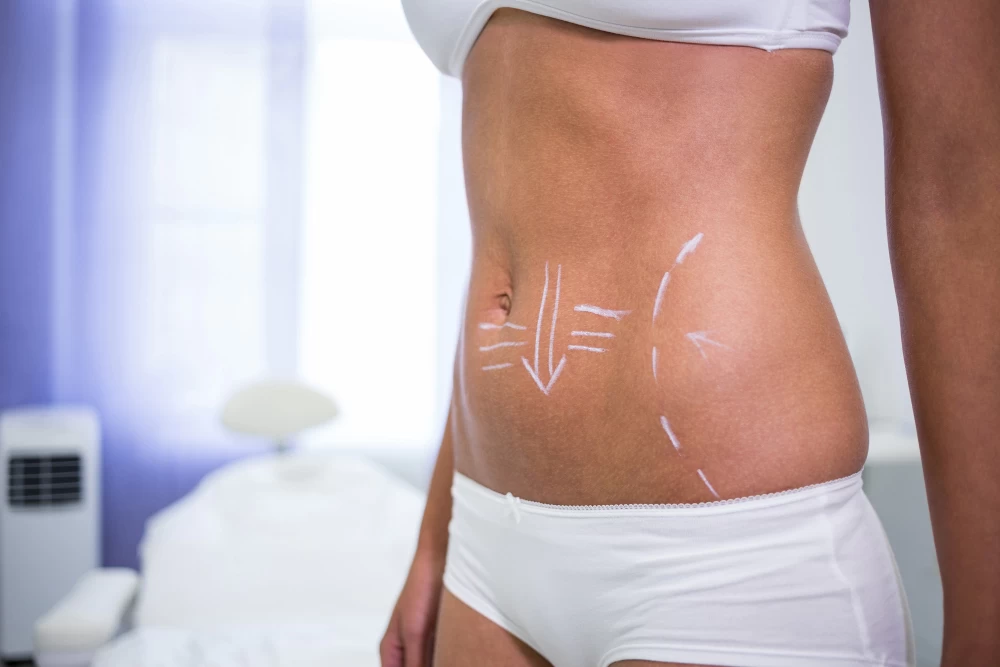
Preoperative Evaluation and Preparation
Preparation for a liposuction procedure begins with a comprehensive evaluation. In this process, the patient's medical history, current health status, and aesthetic goals are assessed. The surgeon conducts a detailed consultation to understand the patient's expectations and inform them about realistic outcomes. Before the surgery, patients may need to make some preparations. These include blood tests, quitting smoking if applicable, and discontinuing certain medications. Additionally, necessary arrangements should be made for a comfortable recovery period after surgery.
The Surgery Process
Liposuction is usually performed under sedation and local anesthesia or general anesthesia. The duration of the procedure depends on the amount of fat to be removed and the number of areas to be treated. During the procedure, the surgeon makes small incisions, inserts the cannulas into the fat tissue, and removes the excess fat with a vacuum. Once the procedure is complete, the incisions are closed with sutures, and a compression garment is applied to the treated area.
Postoperative Recovery
The recovery process after liposuction varies depending on the patient's overall health and the size of the treated area. Initial side effects like swelling, bruising, and mild pain may occur in the first few days. These symptoms typically diminish within a few weeks. The compression garment should be worn for 4-6 weeks to speed up the recovery process and reduce edema. Patients can usually return to their daily activities within a week, but full recovery and seeing the final results may take a few months. Maintaining a healthy lifestyle after the surgery ensures the longevity of the achieved results.
Potential Risks and Complications
As with any surgical procedure, liposuction carries some risks and complications. These include infection, bleeding, fat embolism, skin irregularities, loss of sensation, and anesthesia-related complications. These risks can be minimized with careful evaluation by an experienced surgeon and the use of appropriate surgical techniques.
Conclusion
Liposuction is a highly effective and safe method for body contouring. It is a suitable option for individuals close to their ideal weight, with stubborn fat deposits in specific areas and good overall health. To achieve successful results, it is important for patients to be evaluated and the procedure planned meticulously by an experienced and competent surgeon. By adopting a healthy lifestyle, it is possible to maintain the aesthetic results achieved with liposuction for a long time. As plastic, reconstructive, and aesthetic surgery specialists, we continually follow and apply the latest techniques and technologies to offer our patients the best results and help them achieve their aesthetic goals. With proper patient selection and appropriate surgical techniques, body contouring with liposuction remains one of the most satisfying procedures offered by aesthetic surgery.
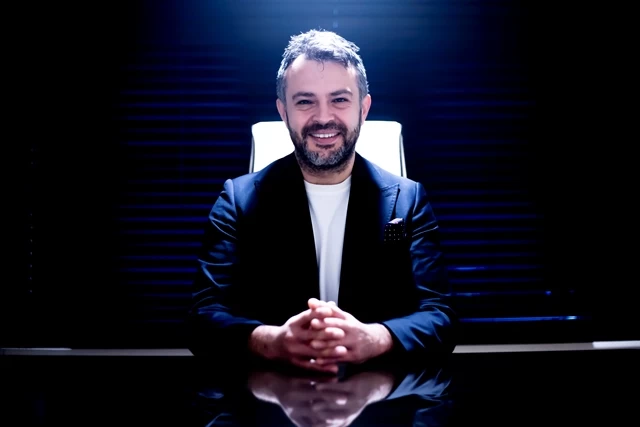
Assoc. Prof. Çağlayan Yağmur
Plastic, Reconstructive, and Aesthetic Surgery Specialist

